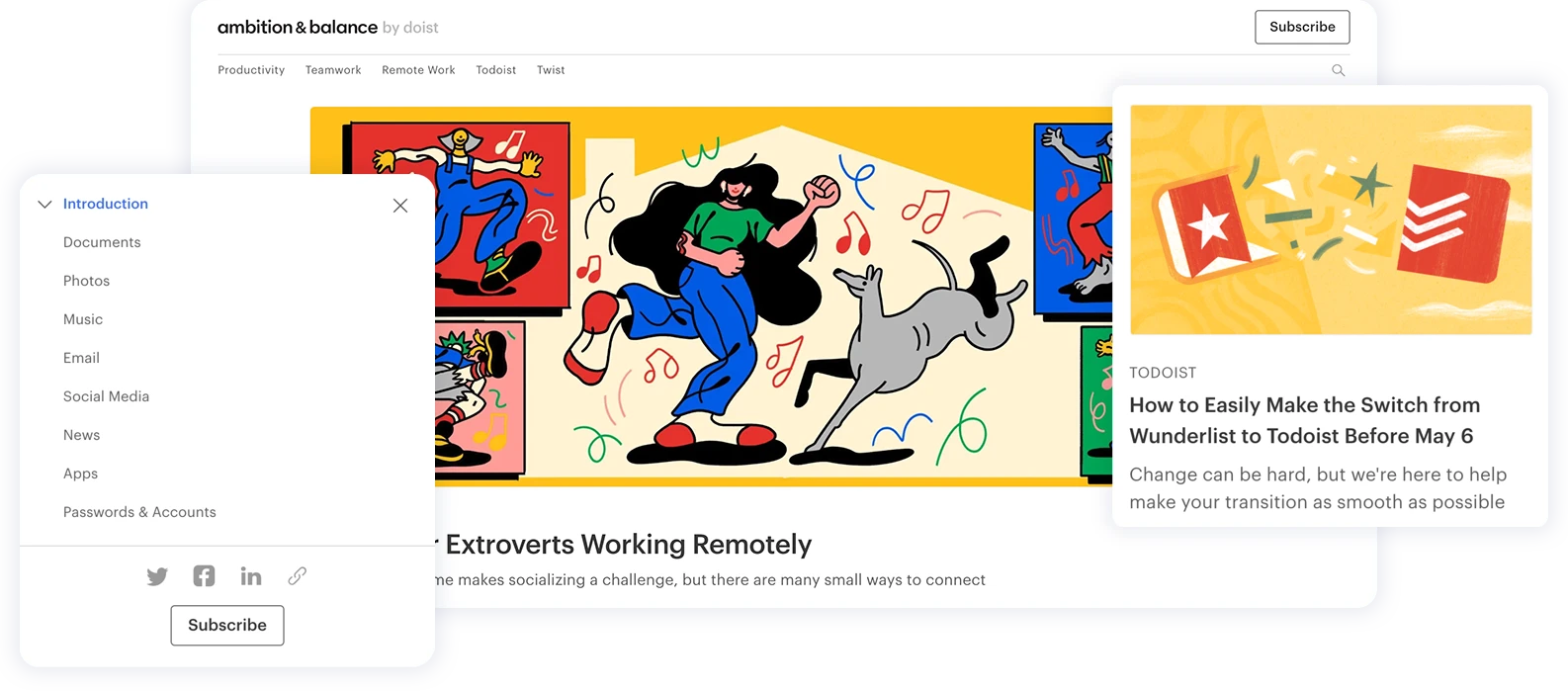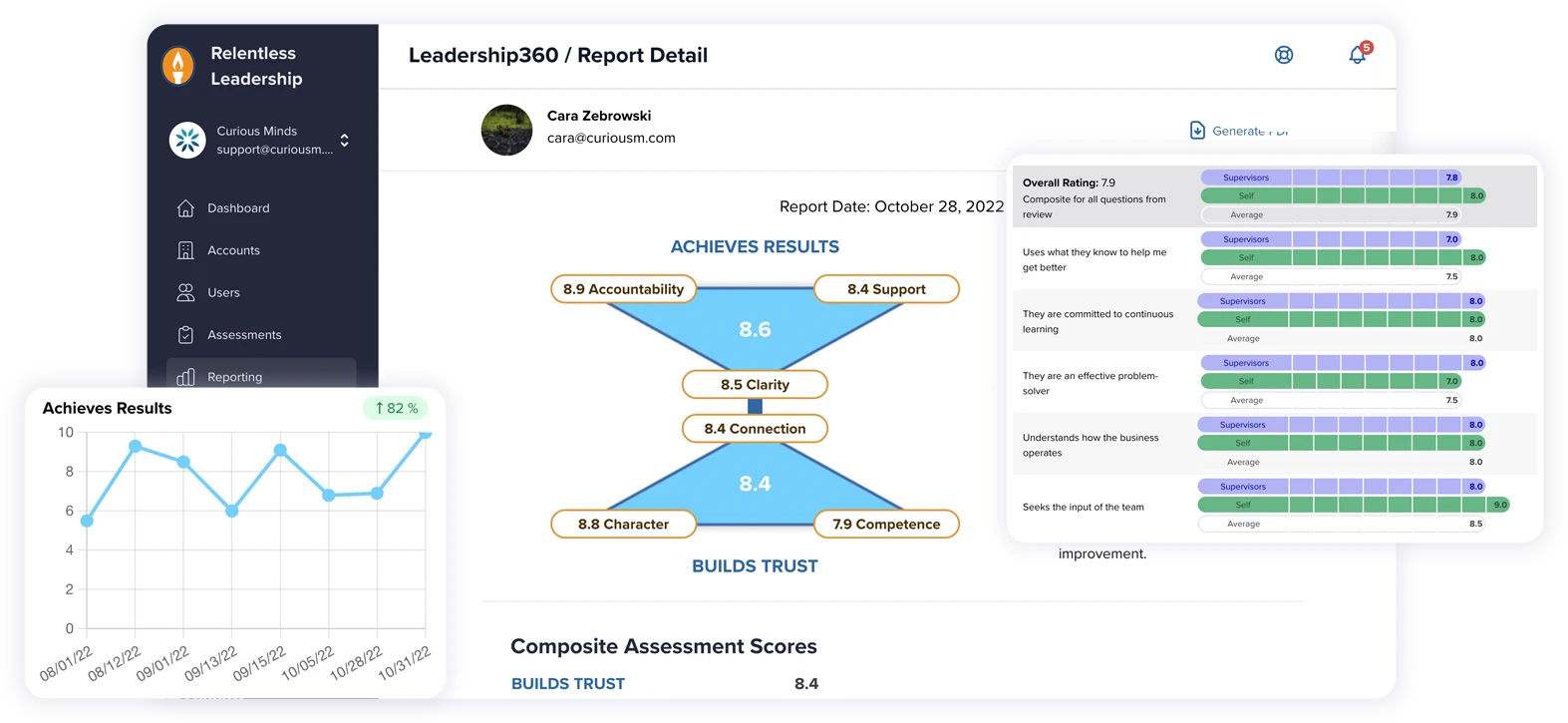Online life is not slowing down anytime soon, making it super important for businesses and developers, among many, to stay informed about the latest web development trends. This year, we are bracing to witness significant changes, from the rise of AI and micro-interactions/frontends to headless, serverless and Zero-Trust Architectures. These advancements are fundamentally shaping the trajectory of web development.
Artificial Intelligence in Web Development
Today, an increasing number of web development components now rely on AI. This offers new possibilities for enhanced interactive experiences. Consider AI-powered chatbots, for instance. Beyond their obvious role in automating customer service, these handy tools are key for personalized user engagement. They aren’t just programmed to answer customer queries. They collaborate, learn, and adapt to provide users with enriching and interactive experiences.
The wonder of AI doesn't stop at chatbots. It plays a key role in content personalization, too, adapting web content to individual tastes and browsing behaviors of each user. AI tools analyze user habits and preferences, tailor recommendations accordingly, and even customize marketing messages, making every interaction feel as if it's 'just for you'.
AI has also made strides in image and video recognition. These capabilities allow for automated tasks like content moderation and product recommendations, ultimately saving developers time while ensuring precise results. AI-based systems can scrutinize visuals, identify objects, and even detect patterns and emotions. This not only automates the recommendation process but also provides a safer, more customized browsing experience.
Last but not least, AI aids critical elements of coding - it helps by automating code generation and other repetitive tasks. It collects, processes, and analyzes data to understand requirements and then generates possible code snippets. Imagine that! This allows developers to focus more on strategic aspects and enhance the overall web development process. Evidently, the era of AI in web development isn't just arriving - it's already here.
The Benefits of Headless Architecture
Web development is a field that constantly changes and grows. Recently, the introduction of headless architecture has created an efficient, adaptable, and forward-thinking method for presenting content. This approach separates the visual aspect of a website from the underlying logic and data. This division offers many benefits, as developers now have the freedom to deliver and manage content wherever necessary without the constraints of a specific user interface.
This method focuses on an approach where APIs are the main priority, making them easy to use across different applications and devices. By giving APIs this major role in development, it makes expanding platform abilities easier and results in user experiences that are more interactive and user-friendly.
The headless approach uses a microservices architecture. This is where separate services work together to create a complete system. This model is highly scalable and flexible, which are crucial traits in the fast-moving tech industry. It's a time-saver, reducing duplication and enhancing productivity.
At its core, the standout advantage of headless architecture in web development is its adaptability. It can adjust well to new trends and technologies, making it a handy tool for future web advancements.
The Power of Serverless Computing
Think of serverless computing as a pay-per-use service. You only pay for the resources you actually use. This approach allows developers to focus on building their applications while leaving server maintenance and management to expert cloud providers. This means they can dedicate their time and energy to development rather than to server upkeep or scaling.
Function-as-a-Service, or FaaS, is a key component of serverless computing. It enables developers to focus on writing and triggering code when needed instead of managing the underlying infrastructure. This streamlines the development process, making it quicker, simpler, and more cost-effective.
In addition, serverless architectures typically use a model driven by events. This model is good at quickly reacting to real-time data and changes, greatly improving application responsiveness. Whether a user makes an action or a system update occurs automatically, applications provide an immediate response, enhancing the overall user experience.
In general, serverless computing allows developers to concentrate on the core features of their apps. This can go a long way in encouraging creativity and quickening the development process. Therefore, serverless computing is not just a way to cut costs, but also an important tool for promoting innovation in the dynamic field of web development.
The Role of Micro Interactions and Frontends
Micro-interactions are the small responses from a website that make it seem like it's interacting with you like a human. These can include a pop up when you like a post or an indication that a form has been successfully completed. Even though they are small, micro-interactions greatly boost user interaction. They give immediate feedback, which makes the website appear more responsive and easier to use. They also guide users through more complicated tasks, making them simpler and even adding some fun to the experience.
Another concept changing the user experience design is micro frontends. This means dividing applications into different, reusable parts. It's similar to creating a unique space on a website or application for each user's journey, each specially designed for that task. This method not only allows applications to be more manageable and adaptable, but it also offers a smoother, more- custom user experience at each important stage. These innovations are significant advancements in web development, providing many possibilities for creating engaging and dynamic user experiences.
Building Secure Applications with Zero-Trust Architecture
Today, it's critical to protect your web applications. Zero-Trust Architecture (ZTA) helps do just this by providing a reliable layer of security. With ZTA, no user or device is trusted without confirmation, regardless of their location or network, ensuring enhanced safety.
The basic principle of ZTA is 'least privilege access', meaning that users and devices are only given the minimal access they need. This greatly lowers the risk of potential security problems. Think of it as giving someone the keys to a city, but only allowing them access to certain gateways. Another key element of ZTA is continuous verification. It continually checks and verifies the identities of users and devices to ensure constant security, even after initial access.
ZTA's approach to improving security includes the use of micro-segmentation. This means splitting your network into smaller parts, which helps contain any potential security breaches. ZTA's approach to micro-segmentation can shield and protect your system from extensive damage. By using ZTA, you can boost your web application's defenses and increase user trust in your platform.
Moving Forward
Web development is always moving forward and adapting to these trends is key to creating state-of-the-art applications. We at Curious Minds Media are ready to assist you in applying these new trends. With expertise spanning over twenty years, we continually stay on top of the most recent technological advancements in custom web development.



















